Bandon Dunes at 25: Lessons for Rodeo Dunes
Dream Golf hopes to bring their Oregon success to the Colorado plains
by Tony Dear
If you’re asked to name, or even imagine, a TaylorMade putter, the chances are very good you’ll immediately think of a mallet, the Spider specifically. It really came to prominence during Jason Day’s, er, heyday from 2014-2016 when he won nine of his 13 PGA Tour titles, including the 2015 PGA Championship at Whistling Straits, and rose to number one in the world using a red Itsy-Bitsy Spider prototype. But its fame has also spread in the years since thanks mainly to Rory McIlroy and Dustin Johnson, plus a host of other Tour pros around the world.
And that’s okay. TaylorMade probably doesn’t mind being associated with one type of putter as long as it’s had as much success, both on television and in retail stores, as the Spider. But it might suggest other areas of its putter offerings are somewhat lacking. The company has produced numerous cast putters in its time – perfectly serviceable clubs that never really made much of a name for themselves but did plug a gap, so to speak. Astonishingly, however, the company hasn’t milled a putter for well over a decade, since 2010 in fact. Doubtless the Spider’s success (as well as in other parts of the company), took away any great need or zeal to rejoin the milled market, and Scotty Cameron’s dominance in the segment may also have played its part. For whatever reason, though, TaylorMade has now decided the time is right to make milled putters once again.
The timing of the release is a little surprising too. Manufacturers tend to save big announcements and major introductions for PGA Merchandise Show time. Summer is an odd choice for so significant a splash.
Milled putters are, of course, the crème de la crème, the aristocracy, the blue-bloods of the putter world. Elegant, sophisticated, refined and expensive, milled putters might not boast the same level of technology or forgiveness as other putters in a manufacturer’s inventory, but their good-looks and the craftsmanship that went into their design and production set them apart. Built to incredibly tight tolerances they can absolutely never be blamed for any miss. If you do happen to stray from the target, you can rest assured it was your fault, not the putter’s.
TaylorMade’s TP (Tour Preferred) Reserve line is made with 303 Stainless Steel and features heel/toe weights that allow players to dial in their preferred swingweight. And it is deemed so special it actually comes with its own logo. The company’s familiar driver-sole T logo is cut into the heel of each putterface, but the small, green ‘R’ in the back of the club is the line’s official symbol.
There are three blade head-shapes – B1, B2, and B3, and three mallets – M2, M3, and M4 though, each putter is further identified with a second number specifying the style of neck – the ‘1’ denotes a plumber’s neck, or ‘L-neck’ in TP Reserve parlance; ‘3’ is for a short-slant neck; ‘7’ is a spud-neck; and ‘9’ is a flow-neck. Hence the B11 is the B1 head shape with an L-neck hosel, and the M37 is the M3 head shape with a spud-neck hosel – make sense?
While the club’s appearance and style are the main selling points, it does offer some tech in the form of its grooves which are milled to a certain depth and shape that creates what TaylorMade believes is the ideal sound and feel for the sort of golfer that might purchase a pricey, milled putter. The company tested several different dimensions and settled on a groove that created a crisp and authoritative sound while simultaneously being soft and delicate. Golfers sure are specific about the sort of sound they like at impact , especially better golfers, and TaylorMade tested the grooves using the urethane balls preferred by better golfers.
That sort of research and analysis, together with the actual milling process of shaving off tiny amounts of metal with incredible accuracy, explains why milled putters are so expensive. Though it is worth pointing out TP Reserve putters are actually a little less extravagant than most of their competitors.
B11
Pretty-standard Anser style putterhead shape with L-neck hosel.
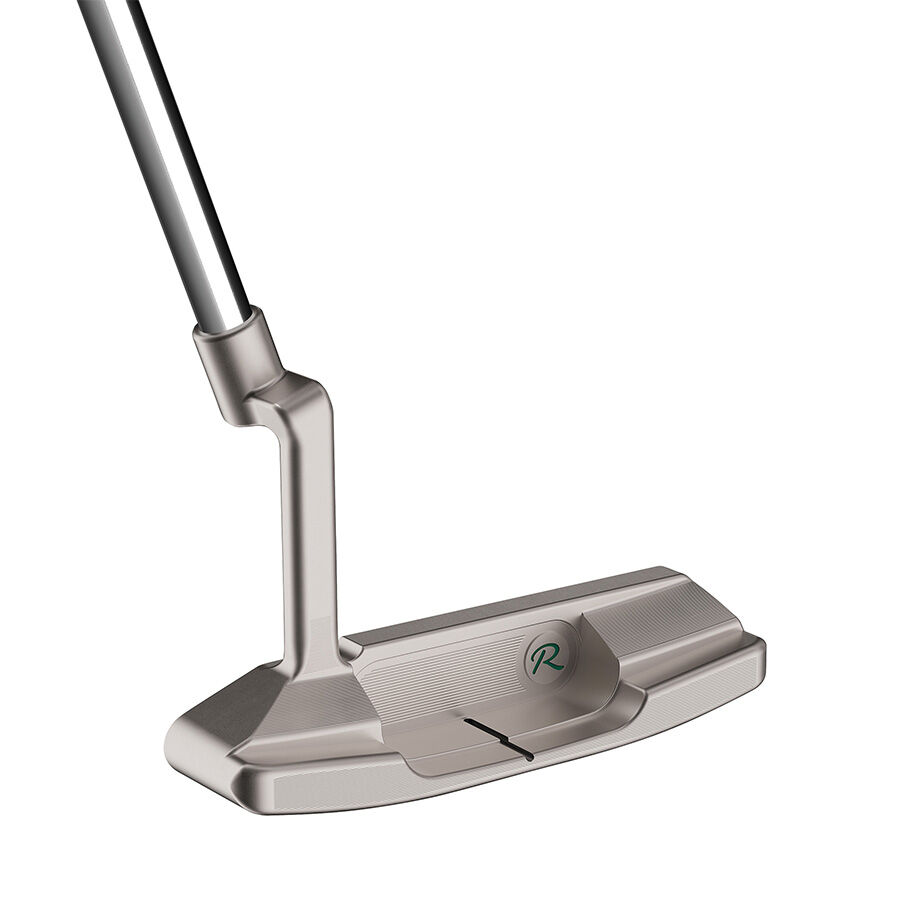
B13
The B1 head-shape with a short-slant neck.

B29
Slightly lower profile with curved heel/toe sections and flow-neck hosel.
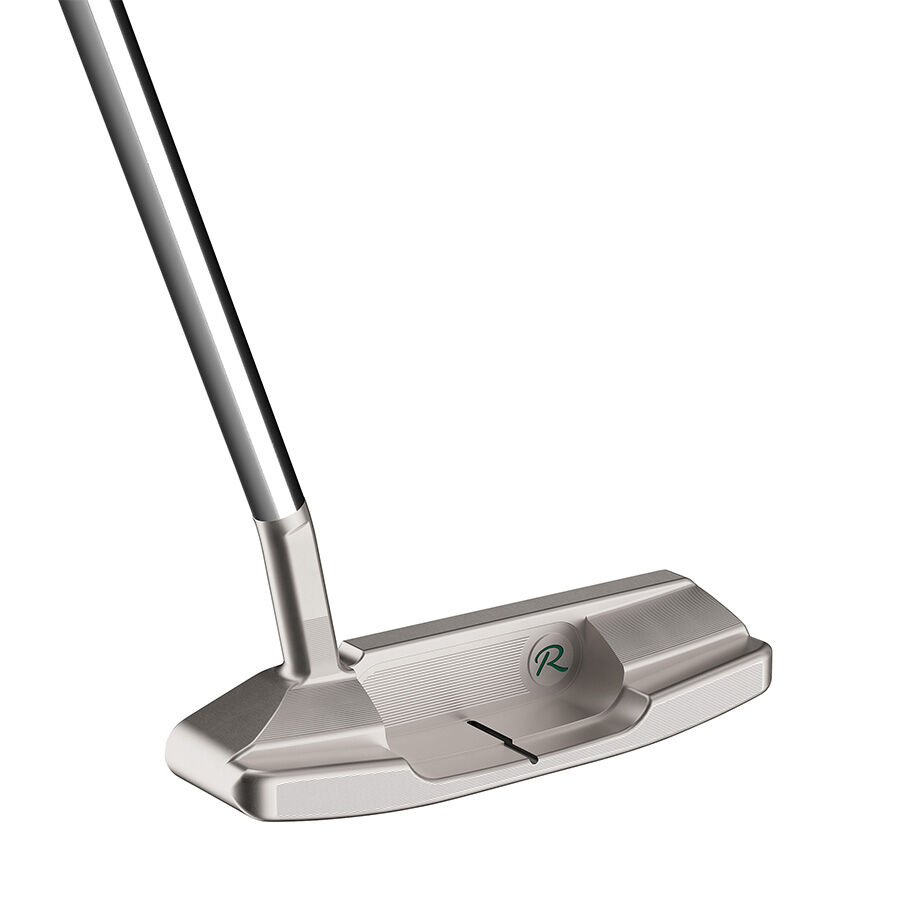
B31
Wide (from front to back) with slightly protruding heel and toe wings (Notchback). L-neck hosel.
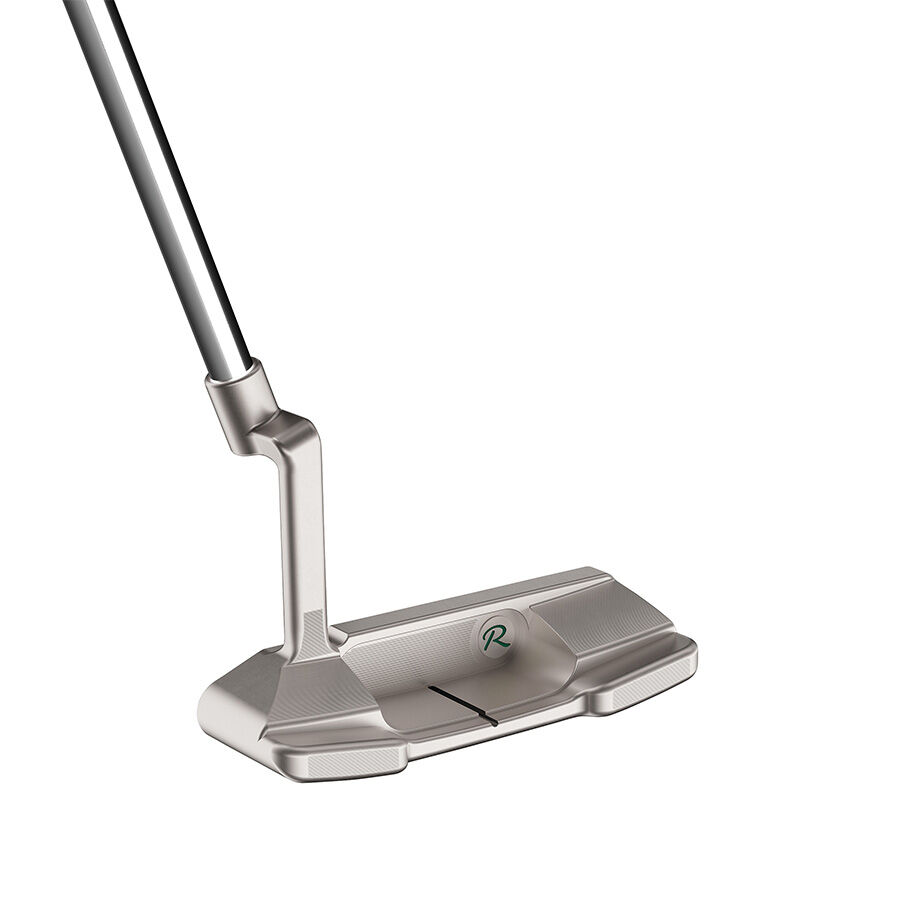
M21
Fanged, M2 head-shape with L-neck hosel.

M27
Fanged mallet with spud-neck.
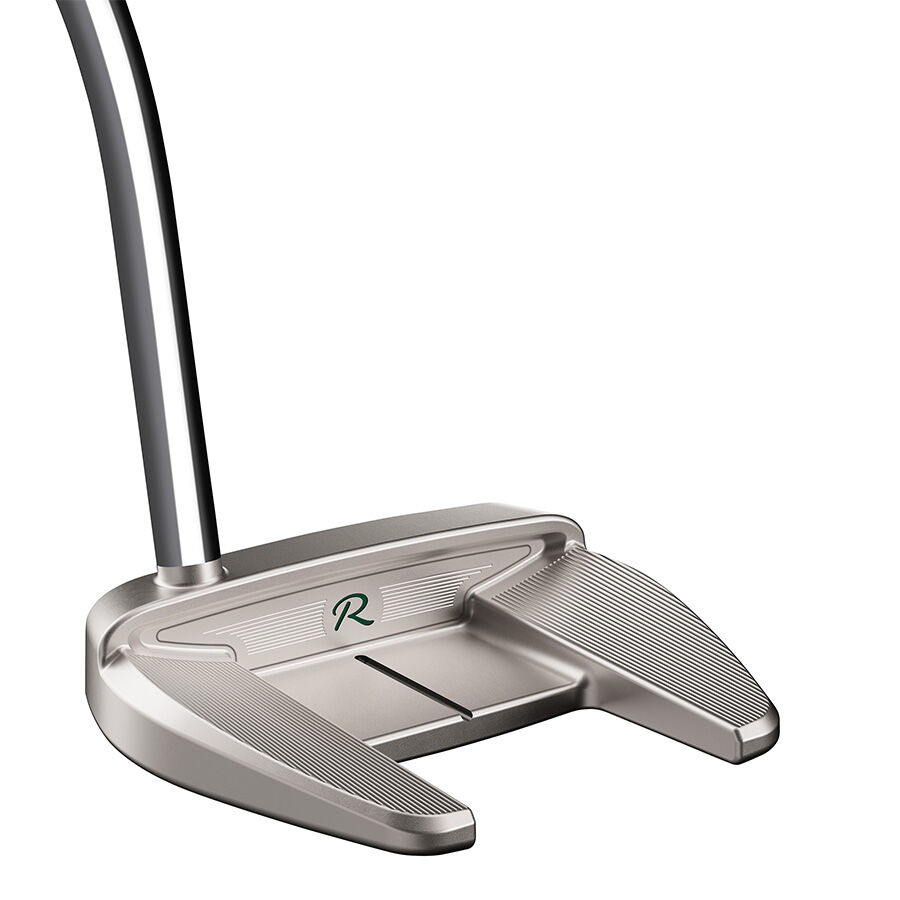
M33
Semi-circle mallet with raised heel/toe sections and short-slant neck.
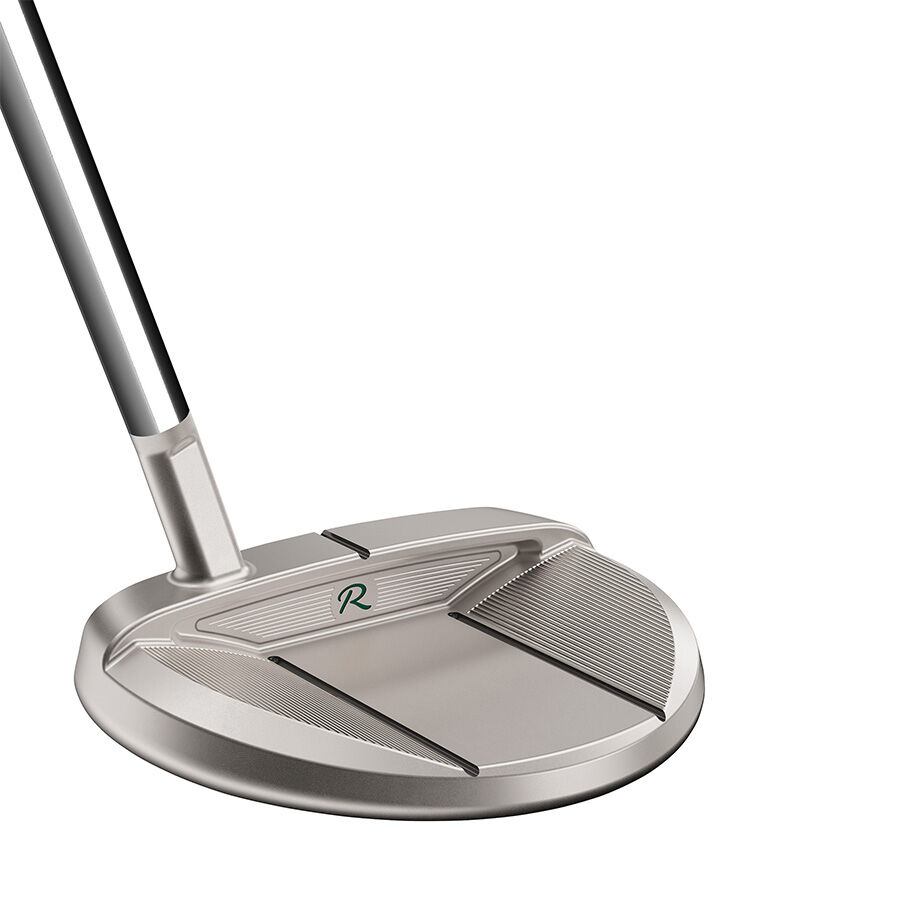
M37
The M3 shape with spud-neck.

M47
Smaller-profile mallet with curved heel/toe then straightened back, and spud-neck hosel.
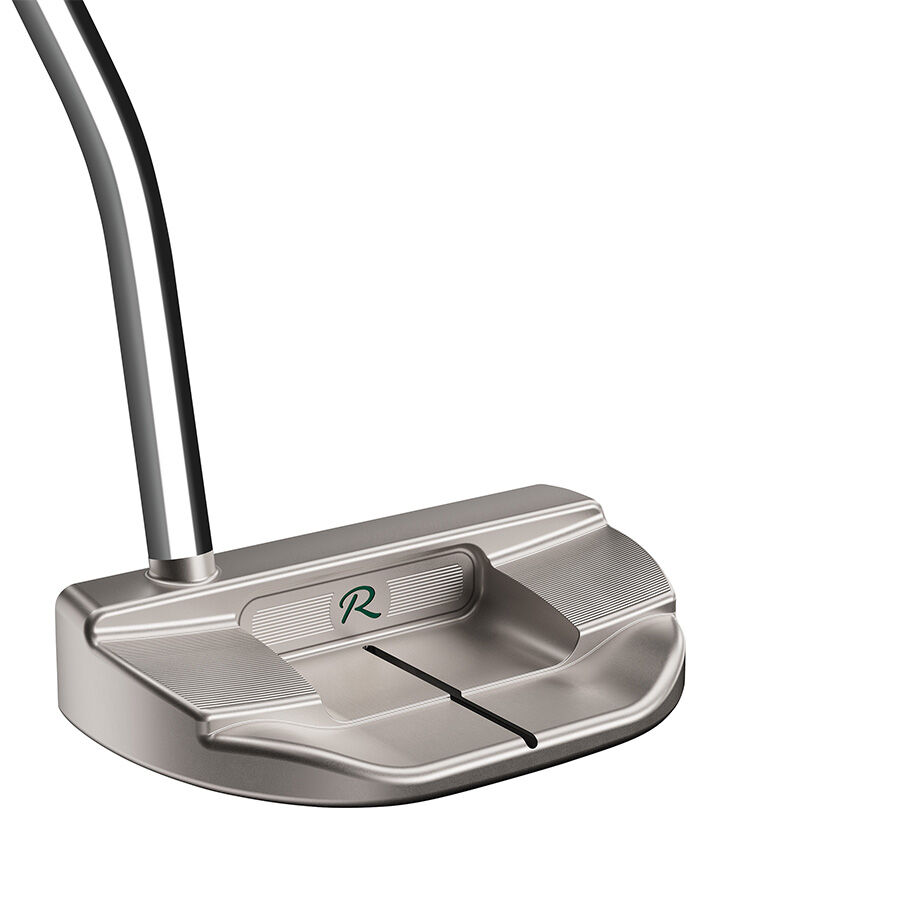
Price – $400
Loft – 3˚
Shaft – KBS Chrome 120 Stepless
Grip – Lamkin Deep Etched Pistol
Lie – 70˚
Length – 33”, 34”, and 35”
Head-weight – 345g-365g
Finish – Dune Silver
taylormadegolf.com
Colorado AvidGolfer Magazine is the state’s leading resource for golf and the lifestyle that surrounds it, publishing eight issues annually and proudly delivering daily content via coloradoavidgolfer.com.
Dream Golf hopes to bring their Oregon success to the Colorado plains
The modern golf shoe is comfortable and extremely good at helping you remain balanced during the golf swing. Add a well-designed insole and, for many, that shoe becomes even better
Denver golf courses add four new carts for adaptive use